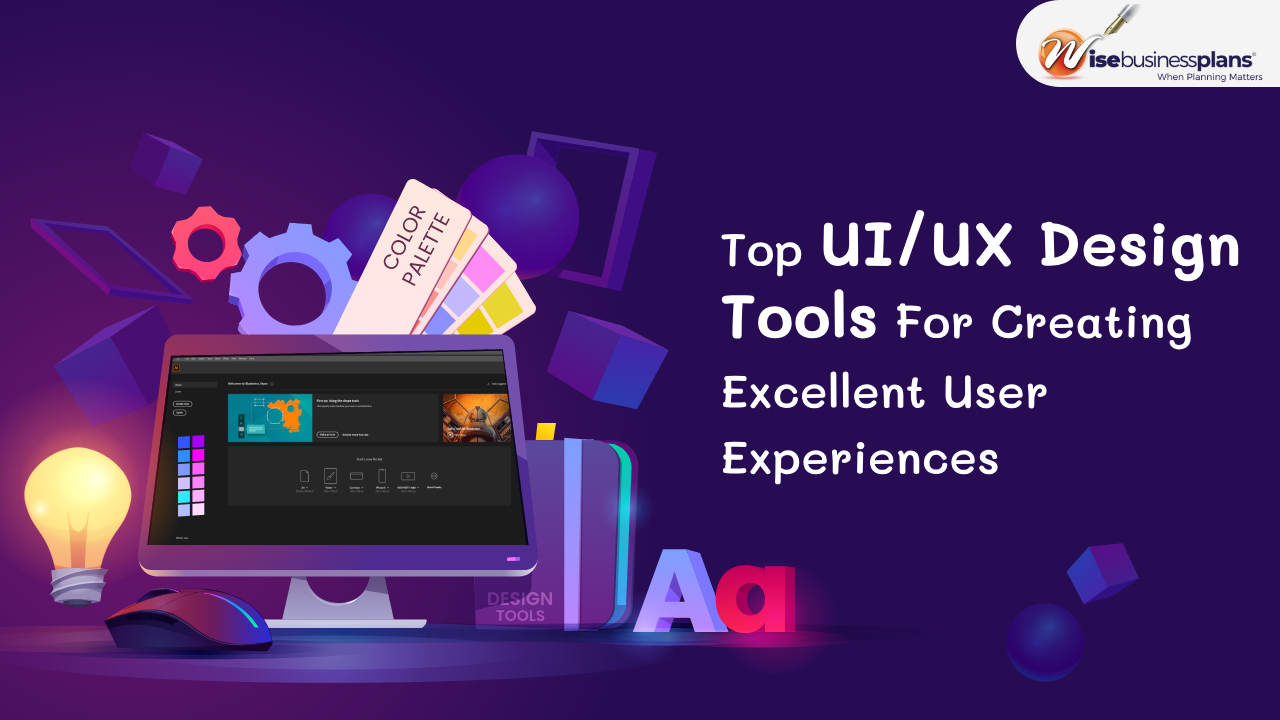10 Top UI/UX Design Tools For Creating Excellent User Experiences
Table of Contents
- 1. Adobe XD:
- A Comprehensive UI/UX Design Tool
- 2. Sketch:
- The Preferred UI/UX Design Tool for Mac Users
- Hire Web Design Agency
- 3. Figma:
- A Collaborative Cloud-Based UI/UX Design Tool
- 4. InVision Studio:
- A Versatile Design Tool for Interactive Prototypes
- 5. Axure RP:
- A Powerful Prototyping Tool for Complex Designs
- 6. Balsamiq:
- A Rapid Wireframing Tool for Designers of All Skill Levels
- Get Logo Design Services
- 7. Proto.io:
- Web-Based Prototyping for Interactive Experiences
- 8. Adobe Illustrator:
- A Versatile UI Design Tool for Custom Icons
- 9. Adobe Photoshop:
- The Timeless Image Editing Tool
- 10. Zeplin:
- Bridging the Designer-Developer Divide
- Conclusion

